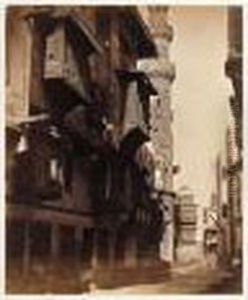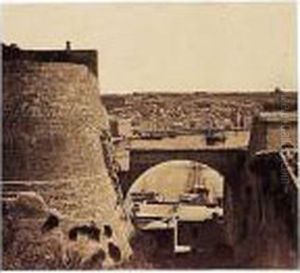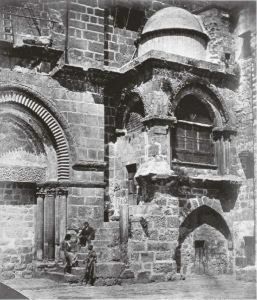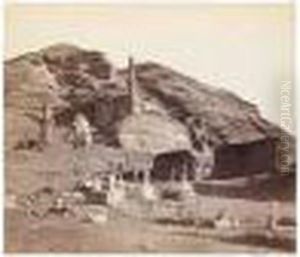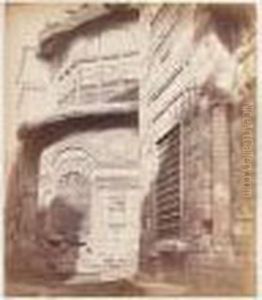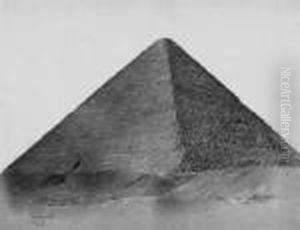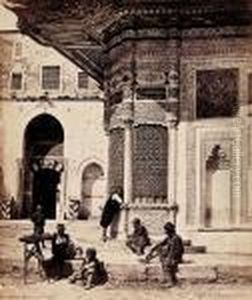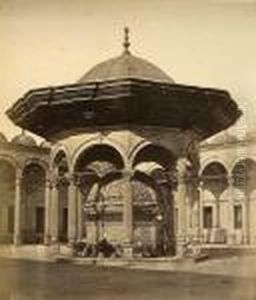Robertson James & Beato Felice Paintings
James Robertson and Felice Beato were pioneering figures in the field of photography, particularly known for their work in war photography and early examples of photojournalism. James Robertson, born in 1813 in England, began his career as an engraver before transitioning into photography, a medium that was still in its infancy during the mid-19th century. Felice Beato, born in 1832 in Venice, Italy, would later become one of the most adventurous photographers of his time, extensively traveling across Asia and documenting cultures, landscapes, and the impact of Western imperialism.
Robertson and Beato's collaboration began when Beato joined Robertson in Constantinople (now Istanbul) in the late 1850s. The exact nature of their partnership—whether Beato was Robertson's assistant or partner—is not entirely clear, but together they formed one of the first commercial photography studios in the world. They captured a wide range of subjects, from landscapes and architectural studies to portraits and cultural scenes, but they are perhaps most renowned for their coverage of the Crimean War (1853-1856). Their photographs from the war are among the earliest examples of conflict photography, providing a stark, unvarnished look at the realities of war. The images they produced were not only significant for their documentary value but also for the technical challenges they overcame in capturing them, including the cumbersome nature of early photographic equipment and the difficulties of working in a war zone.
After their work in the Crimean War, Robertson and Beato went their separate ways, with Robertson continuing his work in the Mediterranean and Beato embarking on extensive travels in Asia. Beato's photographs from places like India, China, and Japan are among the first detailed visual records of these regions by a Western photographer. His work played a crucial role in shaping Western perceptions of Asian societies and landscapes during the 19th century.
Robertson is less well-known than Beato in the annals of photographic history, largely because his later career did not involve the same level of extensive travel or dramatic subject matter as Beato's. However, his contributions to early photography, including his technical innovations and his role in establishing one of the first photographic studios, remain significant. Robertson passed away in 1888, leaving behind a body of work that, though not as extensive as Beato's, helped lay the groundwork for the future of photojournalism.
Felice Beato, on the other hand, continued to push the boundaries of photography until his death in 1909. His extensive travels and prolific output have made him one of the most studied photographers of the 19th century. Beato's legacy is not without controversy, particularly regarding his staging of certain photographs for dramatic effect, but his work provides an invaluable glimpse into a world that was rapidly changing under the forces of colonialism, modernization, and conflict.
Together, James Robertson and Felice Beato played pivotal roles in the early development of photography. Their work not only captured the imagination of their contemporaries but also continues to be of interest to historians, artists, and photographers today. Their pioneering efforts in war photography and their documentation of foreign lands and cultures have left an indelible mark on the history of photography.
